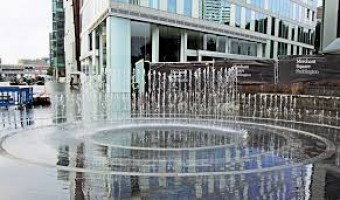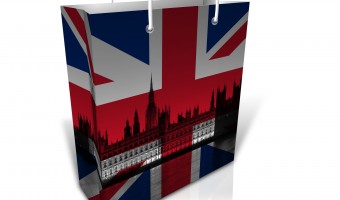Notting Hill's main event
Notting Hill Carnival is Europe’s biggest annual street party and the world’s second largest carnival after Rio De Janeiro’s Carnaval. It has captured visitors from across the globe, attracting up to 2,000,000 attendees each year and feeding approximately £93m in London’s economy. It is a unique London event where communities unite on the UK Summer Bank holiday on the last Sunday (Children’s Day) and Monday (The Grand Finale) of August, and rejoice in a bacchanal with Caribbean music, food and performance. Around 40 sound-systems burst through the West London streets of the Royal Borough of Kensington and Chelsea, covering areas Notting Hill, Ladbroke Grove, Westbourne Grove, Westbourne Park and Kensal Road. The parade celebrates the aesthetics of Afro-Caribbean culture and traditions, and is an offshoot of the Caribbean carnivals that honour the abolition of the slave trade in the British Empire in 1834.
The Birth of Notting Hill Carnival
During the early post-war period, Britain invited a large scale of West Indian migrants, known as the “Windrush Generation”, to help reconstruct British economy in the aftermath of the Second World War. By the late 1950s, the majority of West Indians in Britain were Brixton and Notting Hill-based, joining the ranks of working-class Britons and other Europeans.
Although Britain had ethnic minority previously, the Windrush Generation is believed to be a critical juncture in British history that reshaped its culture and society, acquiring its multi-racial status. West Indian migration generated extreme racial tension with the white working-class, particularly inflamed by politician Oswald Mosley’s “Keep Britain White” propaganda and political group, White Defence League. Notting Hill tenants lived in cramped and destitute conditions, and West Indians were accused of monopolising their jobs and homes, resulting in a racially motivated riot in Notting Hill in 1958. White working-class men attacked the residents and businesses of West Indians and the following year arose the racist murder of Antiguan carpenter, Kelso Cochrane.


Early days
In response to the racial hostility, Trinidad-born journalist, political activist, and member of the American Communist Party Claudia Jones introduced elements of the Caribbean carnivals to Britain in 1959. After being expelled from the US and denied re-admittance to her native country for the threat of moral panic, Jones was deported to Britain in 1955 where she continued to help mobilise resistance to racism. Her pursuit of social equality and fight for human rights elicited her idea of a Caribbean carnival to unite West Indians and fuse diverse communities by showcasing Caribbean art and culture.


Coinciding with the Trinidadian carnival, Jones’s first carnival took place in January 1959 at St Pancras Town Hall, now named Camden Town Hall, and was broadcasted on the BBC. Thereafter, her carnival events took place at Seymour Hall in Marble Arch, Kensington Town Hall, Lyceum Theatre, and Manchester until Jones died in December 1964. Although her indoor cabarets introduced Caribbean carnivalesque glory in Britain and has earned her title of “The Mother of Notting Hill Carnival”, it had no direct influence on Notting Hill Carnival’s birth in 1966.
It was community activist Rhuane Laslett’s “jump-up” festival for children in 1964 that transformed into a carnival parade, and eventually, the world-famous Notting Hill Carnival. Laslett organised her first Notting Hill open-air festival, referred to as the “celebration of poverty”, in hope to establish equilibrium between all races and uplift the spirits of the local community. Laslett said: “We felt that although West Indians, Africans, Irish and many other nationalities all live in a very congested area, there is very little communication between us. If we can infect them with a desire to participate, then this can only have good results”. The festival succeeded in attracting a diverse crowd of up to 1000 people after being advertised in Portobello. The acclaimed Trinidadian musician Russell Henderson who was popular among West-Indians and played at Jones’s first carnival, performed at Laslett’s Notting Hill festival. The evocative melodies of his music induced West Indians to the festival, and he led a procession from Portobello road towards Notting Hill Gate, imitating the Trinidadian carnival tradition. Henderson put a Caribbean stamp on the festival, and in 1966 it became a Trinidadian-styled carnival parade with more people and steel pan bands joining the affair over the years.


The Carnival Today
Notting Hill Carnival at its modern state has grown more multicultural and popular than its early years. Despite its evolution, the traditional attributes of a Caribbean carnival are remarkably long-lived, specifically well represented along the stretch of Ladbroke Grove road. Britons and tourists can witness the iconic elements of Caribbean culture that has been strongly influenced by African slavery.
On Carnival Sunday the parade begins with J’Ouvert, and is the ancestral Caribbean tradition that marks the commencement of carnivals. It begins before sunrise and revellers cover themselves in mud, paint or melted chocolate whilst dancing in the streets, symbolic of abandoning one’s troubles for the day. Masquerade (mas) involves dressing up in costumes and body paint, combined with music and dance. During the European carnivals in the late eighteenth century, African slaves used “playing mas” as a façade to satirize their slave masters and their repressed condition of life. Their masquerade costumes were inspired by West African mythology, but today they are more flamboyant and erotic in style complimented by feathers, sequins and jewels, and consumes 1 million hours to handcraft around 15,000 costumes.
Steel Pan bands perform their talented music from an instrument that was created by experimentation and trial and error. The Steel Pan is a Trinidadian percussion instrument formed from an oil drum with a series of grooves that produce different notes, according to its position and size. It is the dominant instrument played at Trinidadian festivals and can be traced back to when African slaves created music with bamboo sticks and kitchen utensils, and a combination of industrial waste, like scrap metals, dustbins and containers, which were struck to create dents.
The floats magnetise the crowd with the sound of Calypso music, a folk song that possesses an energised rhythm and typically comprises humorous and satiric content and a tone of double entendre and mockery. It originated in the early twentieth century when enslaved Africans were banned from communicating with their families after they were bought to work on sugar plantations in Trinidad, and was a form of communication amongst Africans and to mock slave masters. Soca music, also known as the soul of calypso, developed in the late 1970s as an offshoot of calypso music. Similarly, it possesses risqué humour and is specifically an expression of sexual desires through metaphoric forms. Amongst all the Caribbean music and dancing, attendees can taste the distinctive flavours of the Caribbean from any of the 300 food stalls serving the traditional Jerk Chicken, Rice and Peas and Plantain.
If a traveller to the city needs to see West London uncovered here it is in all its glory.
 The Carnival
The Carnival
.JPG)
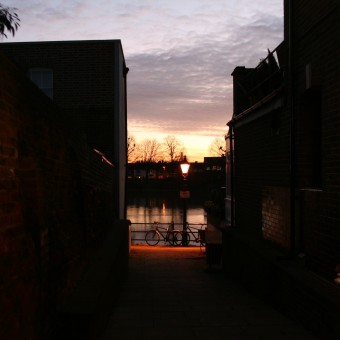
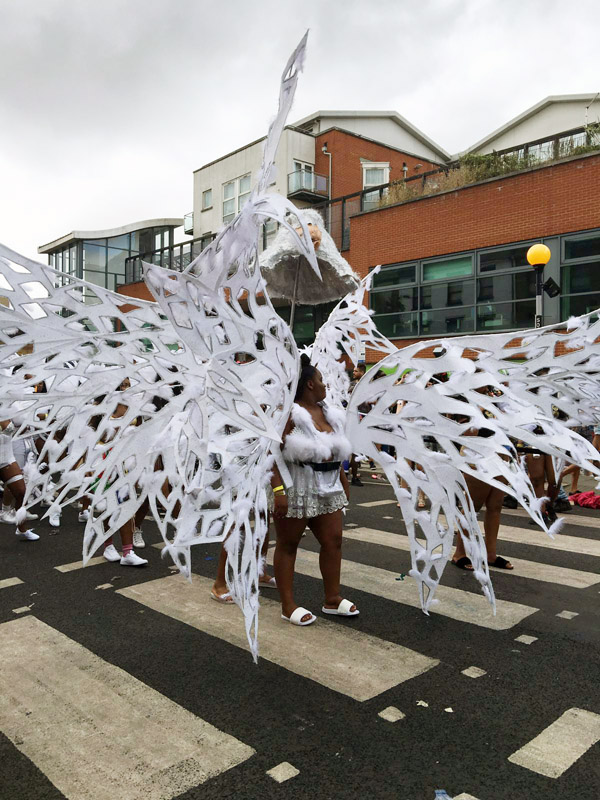
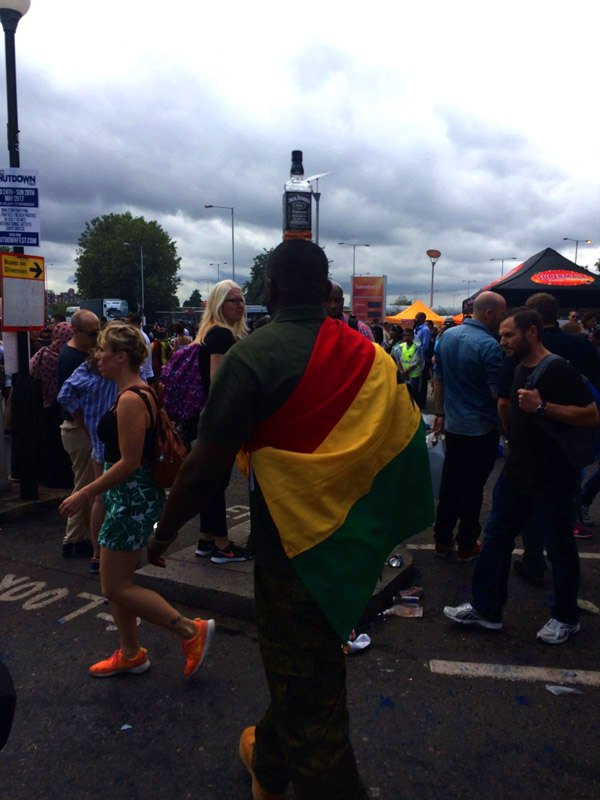
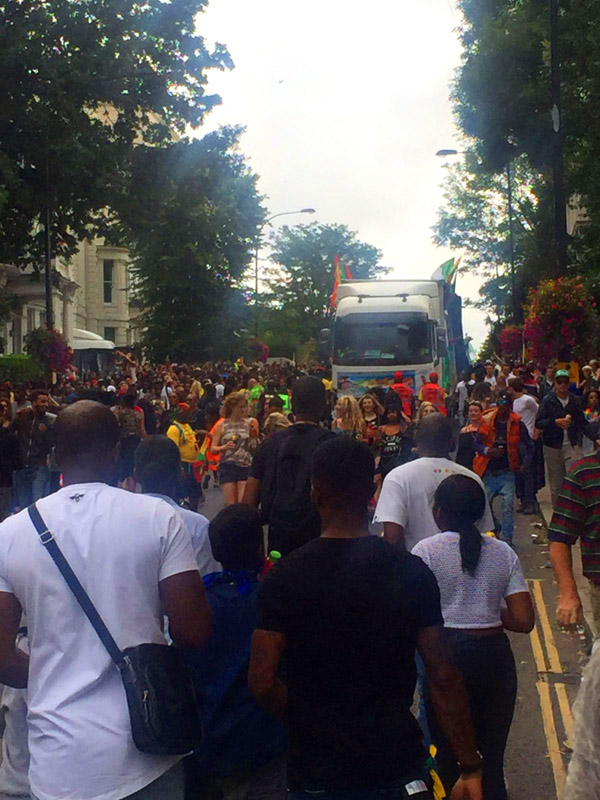
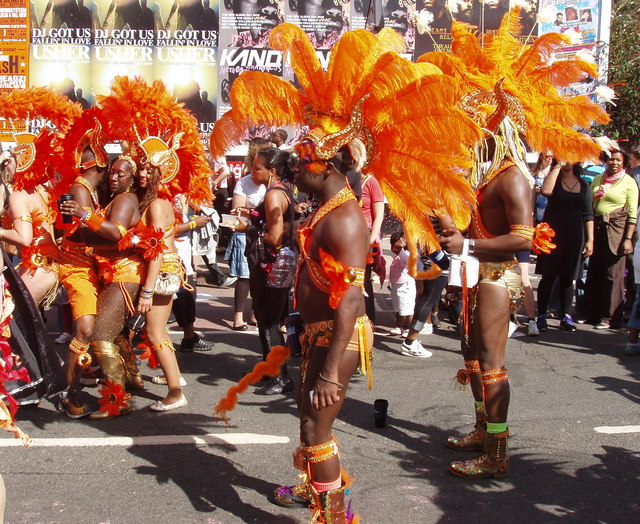
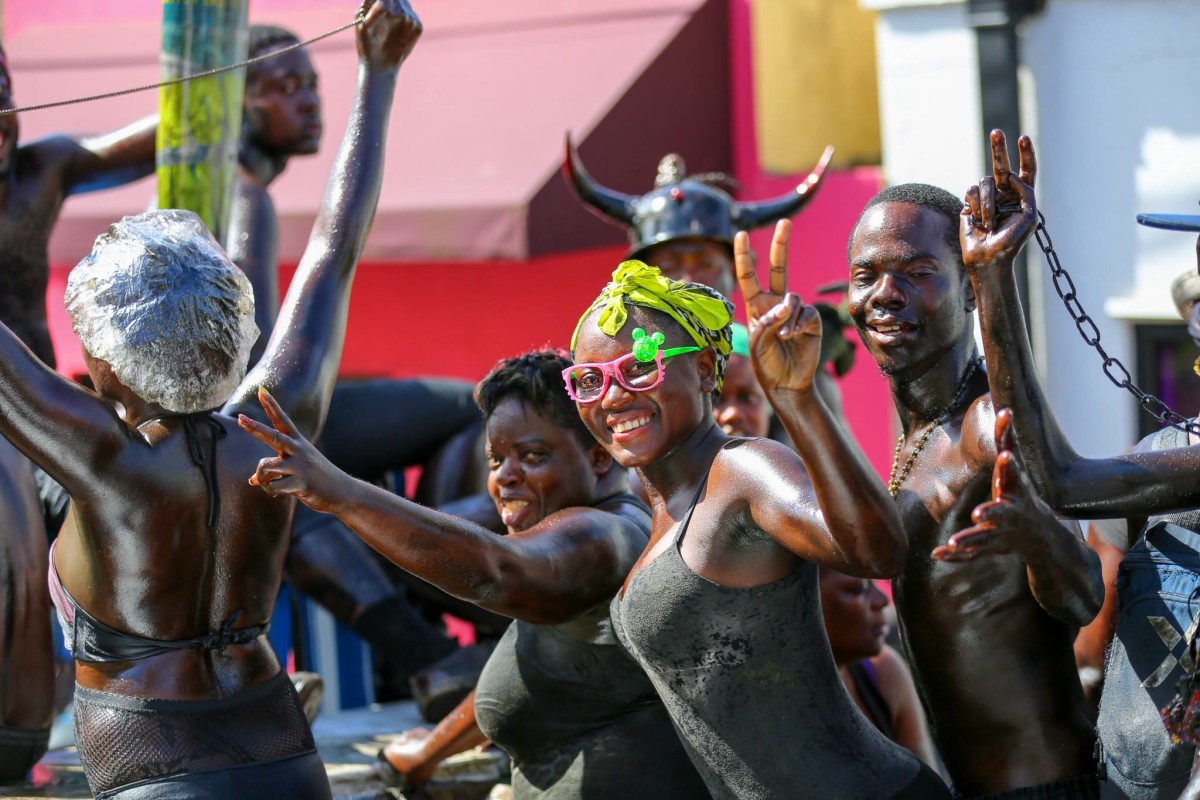
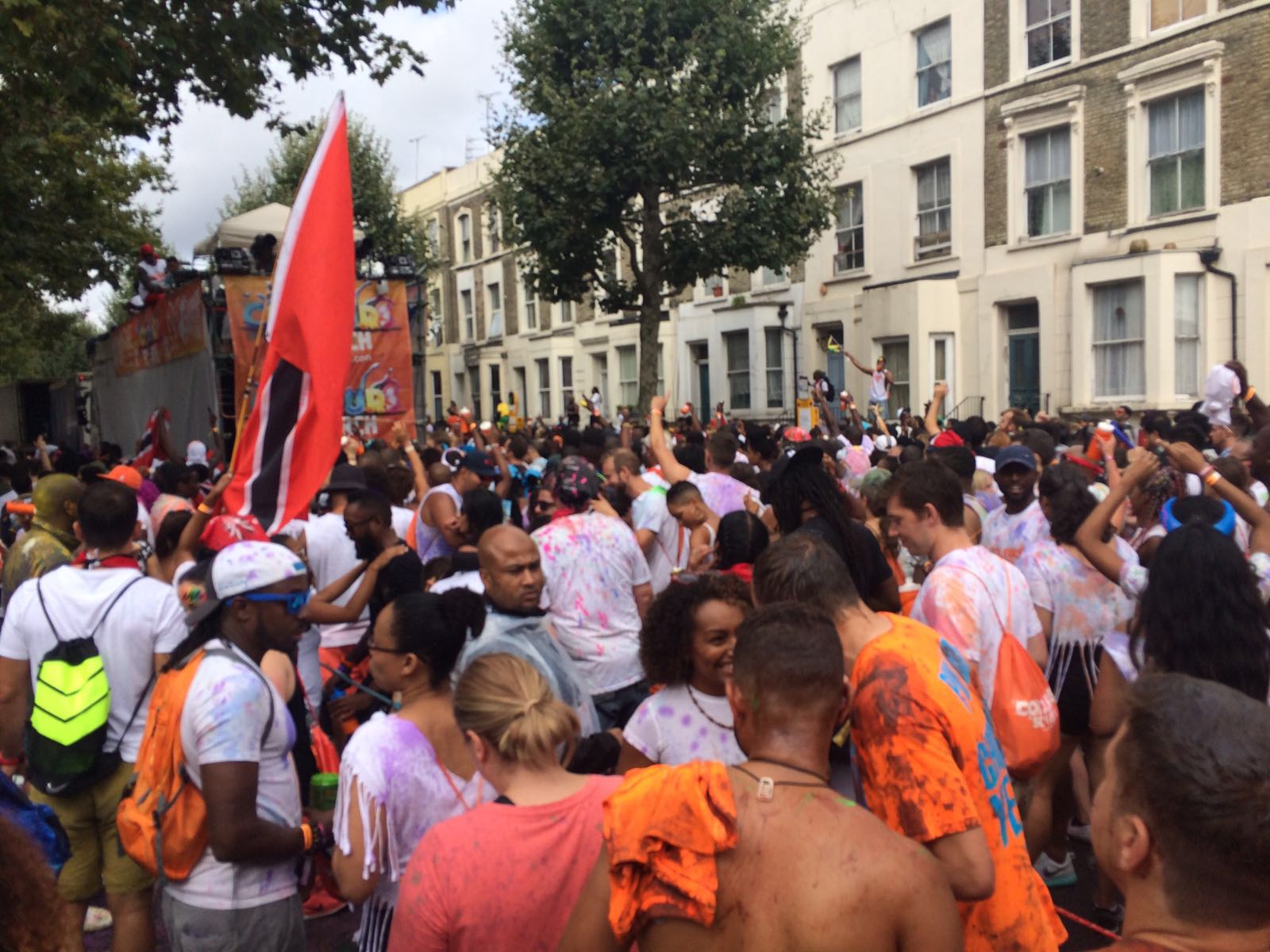
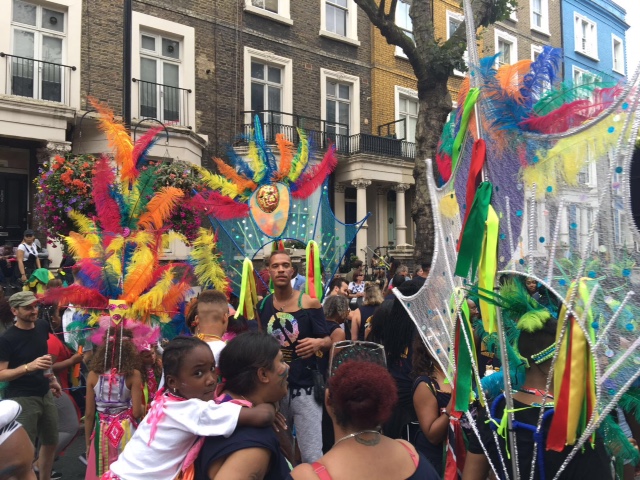
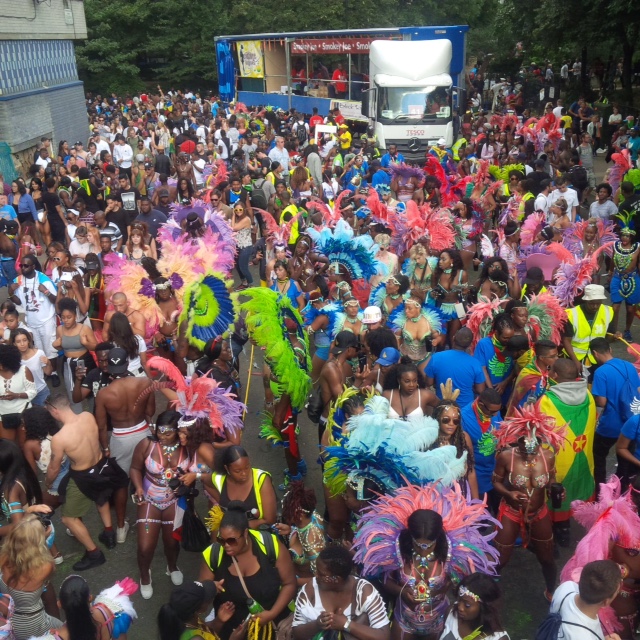
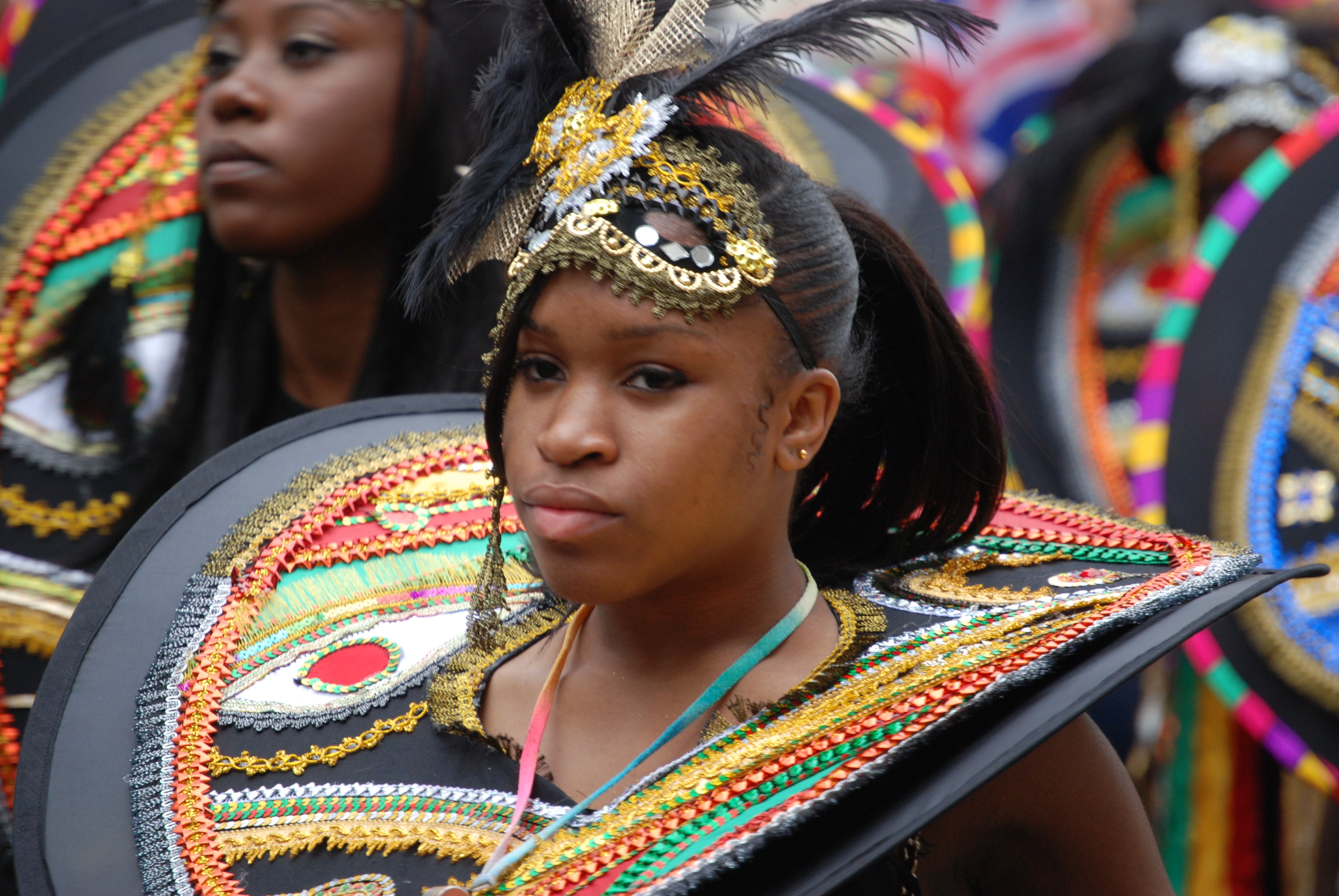
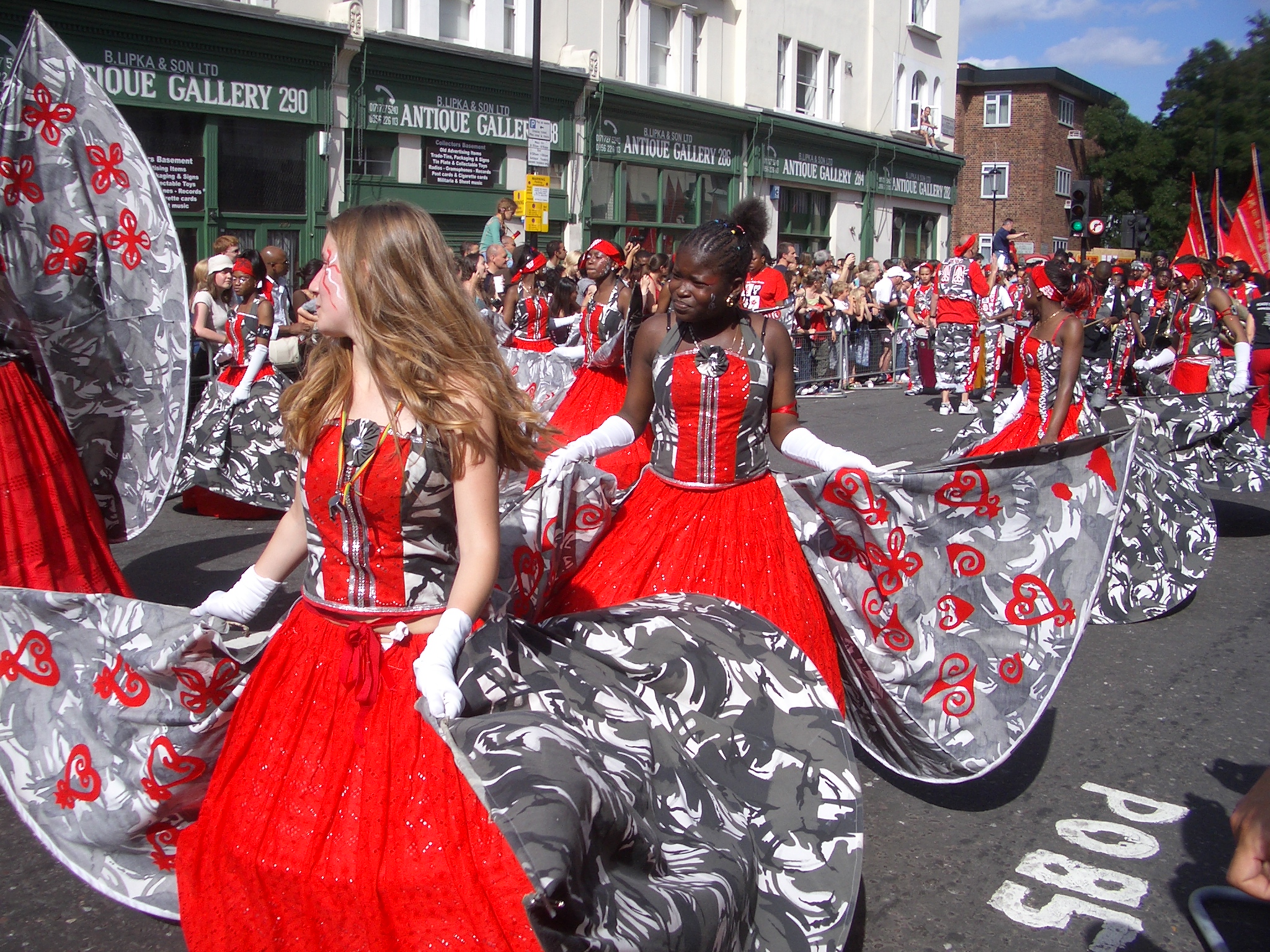
.JPG)
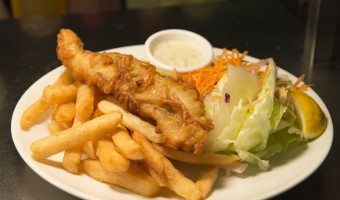
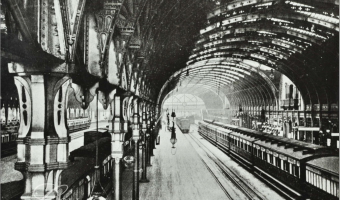
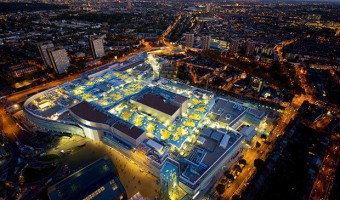
 Load more triptoids
Load more triptoids.JPG)
